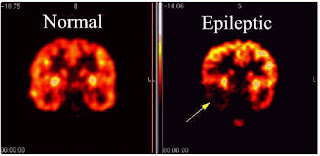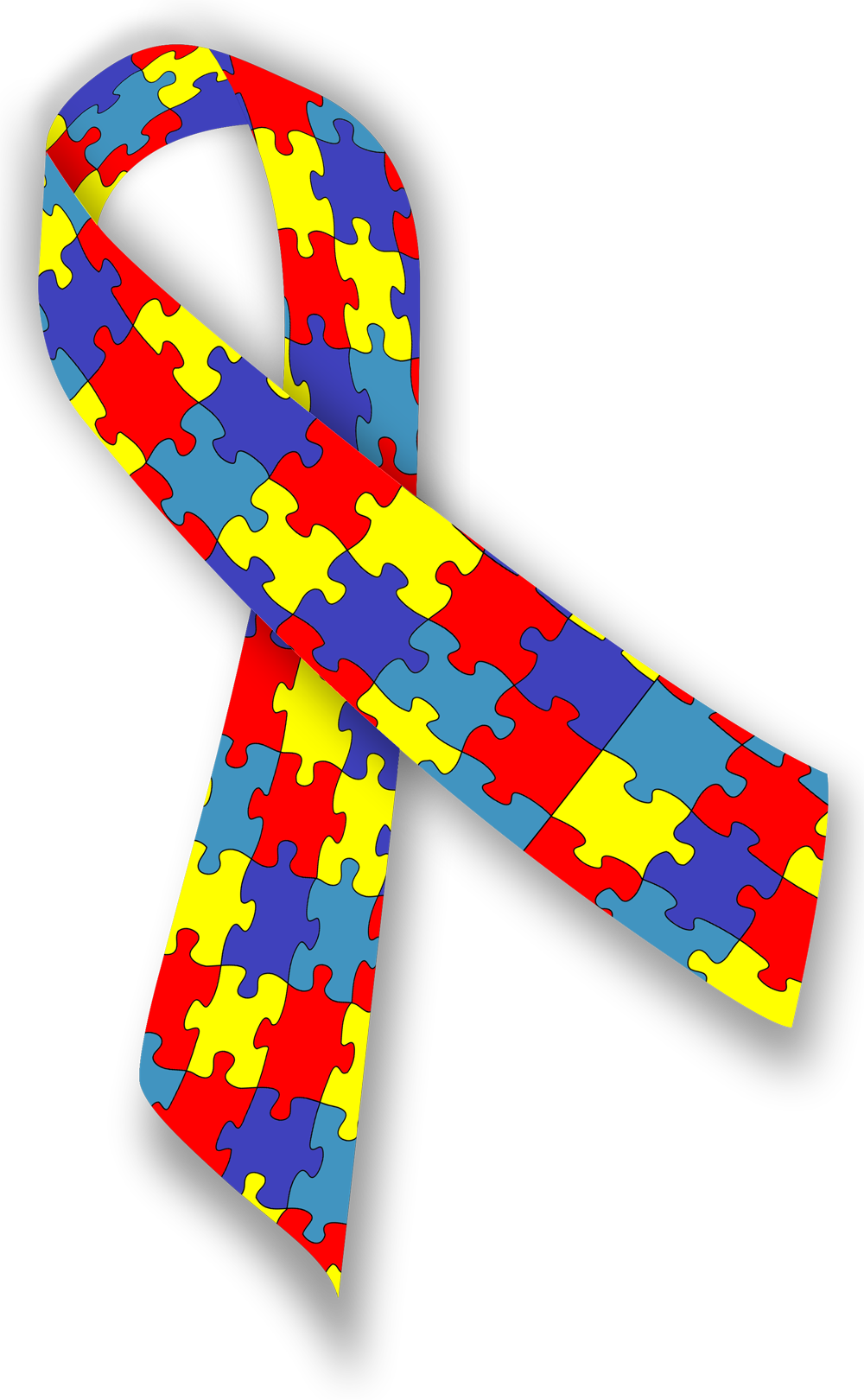In an article published on Science daily researchers at the University of Calgary's Hotchkiss Brain Institute have found that stress circuits learn during the early stages of life. The study was shown to prove the theory that the brains stress response can be detected in babies and not just adults. "These new findings demonstrate that systems thought to be 'hardwired'
in the brain, are in fact flexible, particularly early in life," says
Bains, a professor in the Department of Physiology and Pharmacology. Bains also says that, "Using this information, researchers can now ask questions about the
precise cellular and molecular links between early life stress and
stress vulnerability or resilience later in life." Stress is related to so many health problems that can have a profound effect on the future of a person and discovering this could change the way scientists think of the stress response.
I think this article could really help people in the future. Stress is linked to so many diseases and has a huge effect on the body. If doctors can use this information to find a way to help people better cope with stress it could change the lives of many.
Article: http://www.sciencedaily.com/releases/2013/04/130407133314.htm
Image: http://access.ewu.edu/Images/CAPS/Stress1.png










